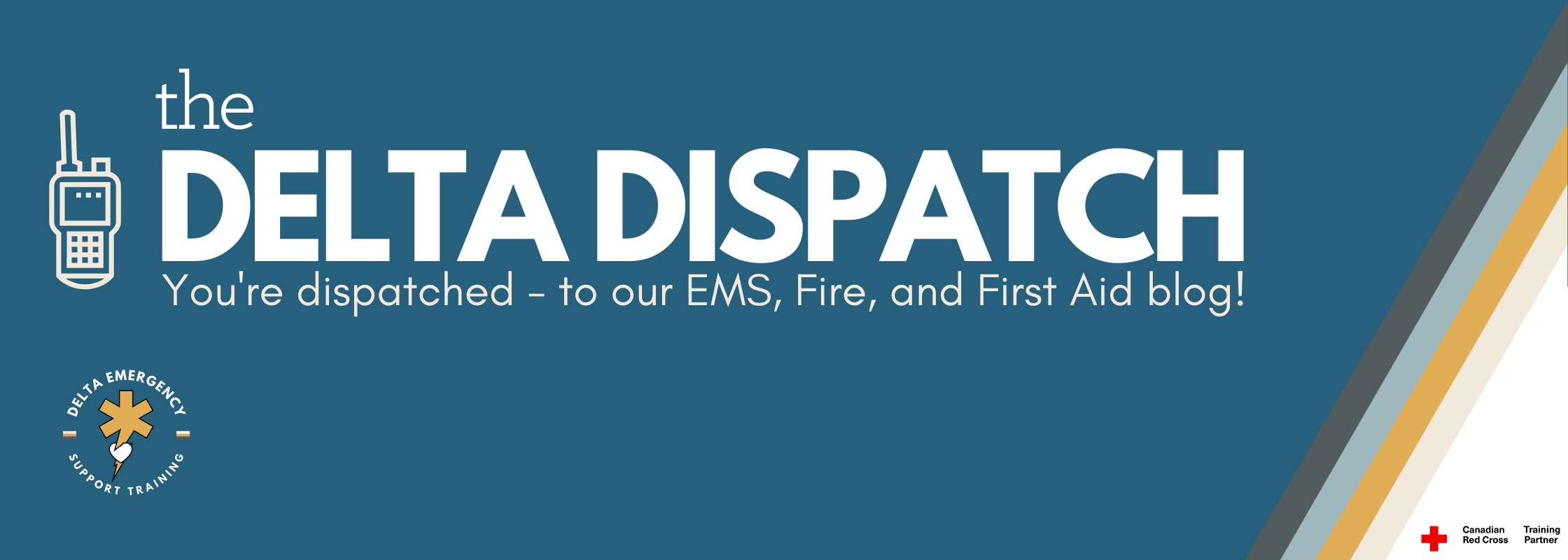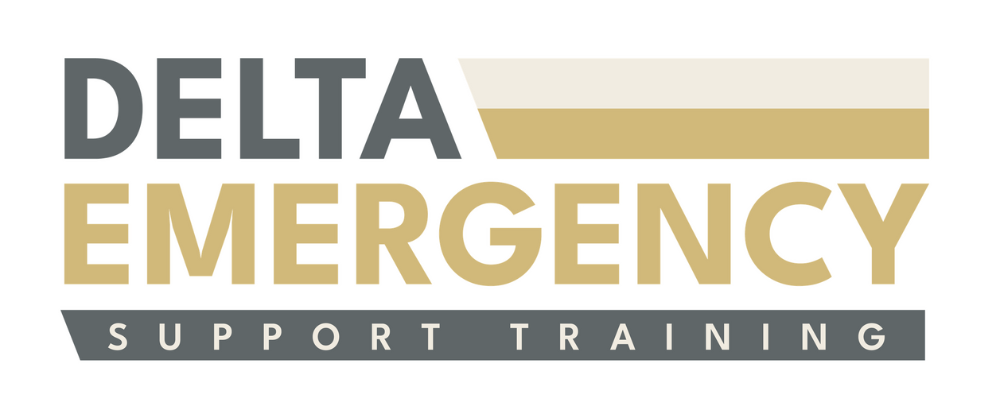Pulmonary Embolism for EMR Students: Signs, Symptoms, and Action Steps
/Pulmonary Embolism in Post-Surgical Patients
What Every Emergency Medical Responder Needs to Know
Pulmonary embolisms (PEs) are a leading cause of sudden, preventable death—especially in post-operative patients. As Emergency Medical Responders (EMRs) or Advanced First Aiders, understanding the signs, complications, and red flags of a PE can be the difference between life and death during a call.
While many PEs occur silently, those that do present can deteriorate rapidly. In the prehospital environment, your scene awareness, history taking, and rapid recognition play a crucial role in early intervention.
What Is a Pulmonary Embolism (PE)?
A pulmonary embolism is a blockage of one or more pulmonary arteries in the lungs, usually caused by a blood clot (thrombus) that travels from the legs (deep vein thrombosis or DVT) or pelvis. When that clot reaches the lungs, it obstructs blood flow, strains the heart, and impairs gas exchange—all of which can lead to hypoxia, shock, or cardiac arrest.
Why Are Post-Surgical Patients at Risk?
Surgical patients, particularly those recovering from major operations like orthopedic, abdominal, or pelvic procedures, face multiple risk factors:
Immobility during and after surgery → reduced circulation
Tissue trauma → activates the clotting cascade
Dehydration or blood loss → increases blood viscosity
Compression of veins during long procedures
Pre-existing conditions like obesity, smoking, cancer, or clotting disorders
Even young, otherwise healthy patients can develop PEs after surgery if proper precautions aren't followed.
Red Flags EMRs Should Watch For
A post-surgical patient complaining of vague symptoms may not look critical—but here are PE signs that demand immediate attention:
🫁 Respiratory Signs:
Sudden shortness of breath (unexplained)
Tachypnea (rapid breathing)
Chest pain (sharp, pleuritic — worsens with inspiration)
Cough (may be dry or produce blood-tinged sputum)
Low SpO₂ despite oxygen administration
❤️ Cardiovascular Signs:
Tachycardia
Hypotension
Lightheadedness or fainting
Cyanosis
Cool, clammy skin
🧠 Neurological & Other Signs:
Anxiety or impending sense of doom
Altered LOC in severe cases
Leg pain/swelling (DVT signs)
Recent history of surgery or long immobilization
Field Priorities for EMRs
Scene Size-Up and History Taking
Ask about recent surgeries, travel, hospitalizations, or prior blood clots
Look for signs of immobility, compression devices, or anticoagulants
Primary Assessment
Focus on airway, breathing, and circulation
Supplemental high-flow oxygen immediately if signs of hypoxia
Vitals and Rapid Transport
Monitor vitals frequently; deterioration can be fast
Transport urgently with pre-alert to hospital if PE is suspected
Reassessment
Watch for declining mental status or respiratory fatigue
Prepare for deterioration — cardiac arrest is possible in large PEs
What Makes PEs So Dangerous?
They can present subtly and escalate rapidly
Not all patients show textbook symptoms
Once the heart begins to strain or fail from the blockage, the window for intervention narrows quickly
Anticoagulant therapy or thrombolytics are hospital treatments, so early recognition and rapid transport are critical
Real-World Example
You’re dispatched to a 54-year-old woman 5 days post-knee replacement complaining of shortness of breath. She’s alert but anxious, SpO₂ is 88% on room air, heart rate 116, and she has mild leg swelling. She says it started suddenly and she feels “off.”
As an EMR, this is a classic red flag scenario: post-op, tachycardia, respiratory distress, possible DVT. This is when your training matters most.
Conclusion: What You Do Matters
Pulmonary embolisms in post-surgical patients are time-sensitive medical emergencies. As a responder, your ability to identify concerning symptoms, gather relevant history, and prioritize rapid care can drastically improve patient outcomes.
Always consider PE when a post-op patient presents with unexplained respiratory or circulatory compromise—even if it seems mild at first. Trust your instincts, act fast, and escalate early.
Delta Emergency Support Training
Based in Calgary, Alberta, we train EMRs and Advanced First Aiders with real-world scenarios and paramedic-led instruction to prepare you for critical cases like this. Whether you're working industrial, remote, or public events, our training prepares you for what truly matters.




